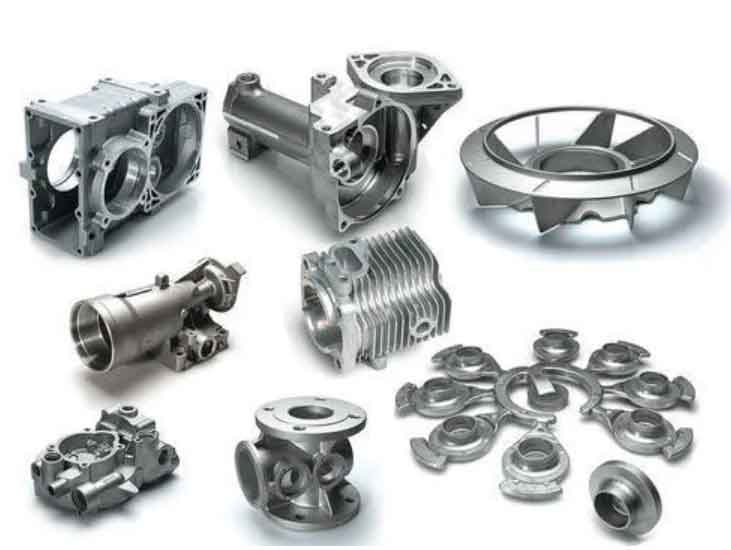
Gray cast iron can indeed be considered an eco-friendly metal choice due to several sustainable features:
- Abundant and Recyclable: Iron, the primary component of gray cast iron, is one of the most abundant elements on Earth. It can be easily sourced from various iron ore deposits worldwide. Additionally, gray cast iron is highly recyclable, which reduces the demand for new raw materials and helps conserve natural resources.
- Long Lifespan: Gray cast iron components, such as pipes, machinery, and automotive parts, have a long service life. Their durability and resistance to wear and corrosion ensure that they remain in use for extended periods, reducing the need for frequent replacements and lowering overall material consumption.
- Energy Efficiency: Gray cast iron’s low melting point and good fluidity during casting contribute to energy-efficient manufacturing processes. It requires less energy to melt and shape compared to other materials like steel or aluminum, making it an energy-efficient choice in metal casting.
- Recycled Content: Many gray cast iron products, especially those made from recycled scrap, contain a significant portion of recycled content. Using recycled scrap to produce new gray cast iron components reduces waste and energy consumption in the manufacturing process.
- Low Waste Generation: Gray cast iron foundries typically have well-established processes for reusing gating systems, risers, and other waste materials. This minimizes the generation of scrap and waste, resulting in more sustainable manufacturing practices.
- Lower Emissions: Gray cast iron production generally produces fewer greenhouse gas emissions compared to more energy-intensive processes like steelmaking. Lower emissions contribute to a reduced environmental impact.
- Versatility and Adaptability: Gray cast iron’s versatility allows it to be used in various applications across industries. Its adaptability reduces the need for multiple material types, simplifying supply chains and reducing environmental impacts associated with transporting and handling different materials.
- End-of-Life Recycling: At the end of their useful life, gray cast iron components can be recycled, contributing to a circular economy model and minimizing the volume of waste sent to landfills.
While gray cast iron offers several sustainable advantages, it is essential to note that sustainable manufacturing practices depend on various factors, including responsible sourcing of raw materials, efficient production processes, waste reduction efforts, and recycling initiatives. By adopting such practices, the gray cast iron industry can continue to contribute to more sustainable metal choices and reduce its environmental footprint.
